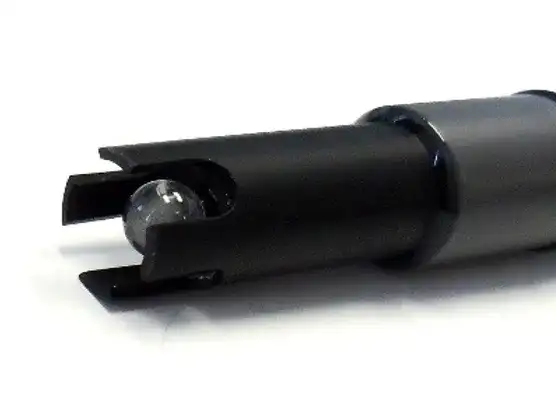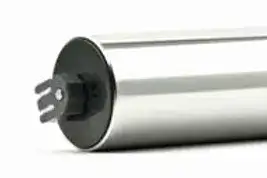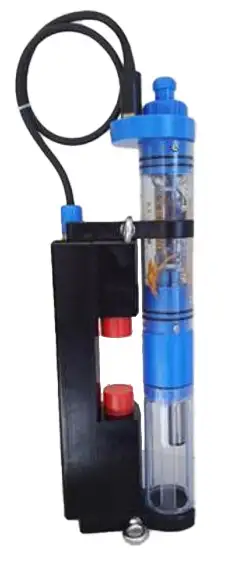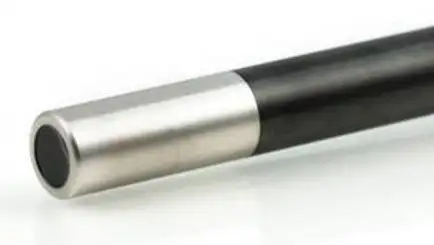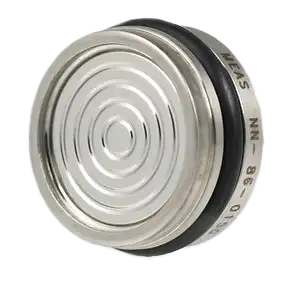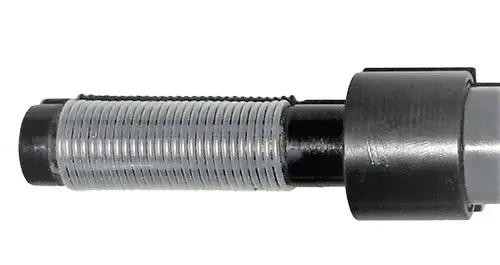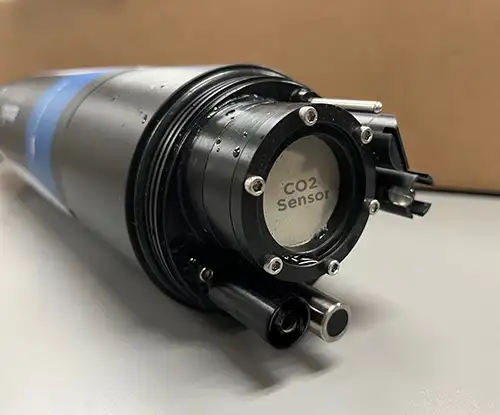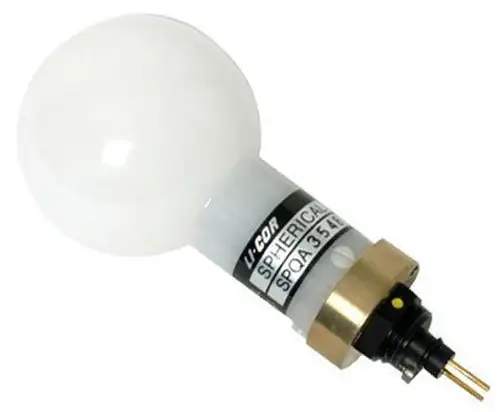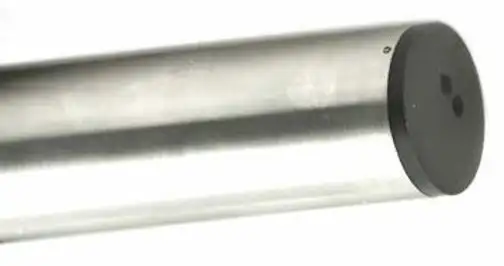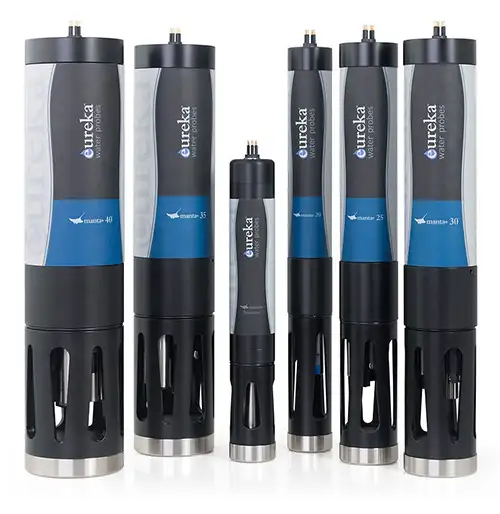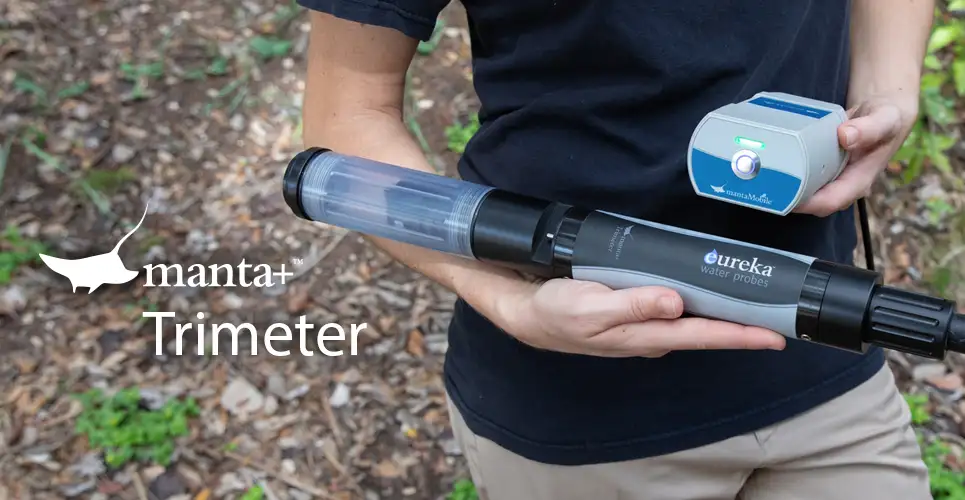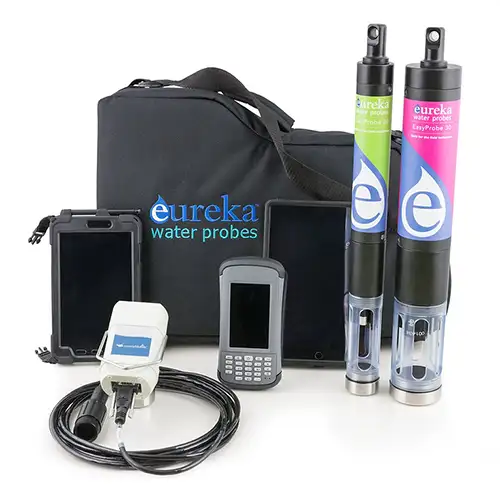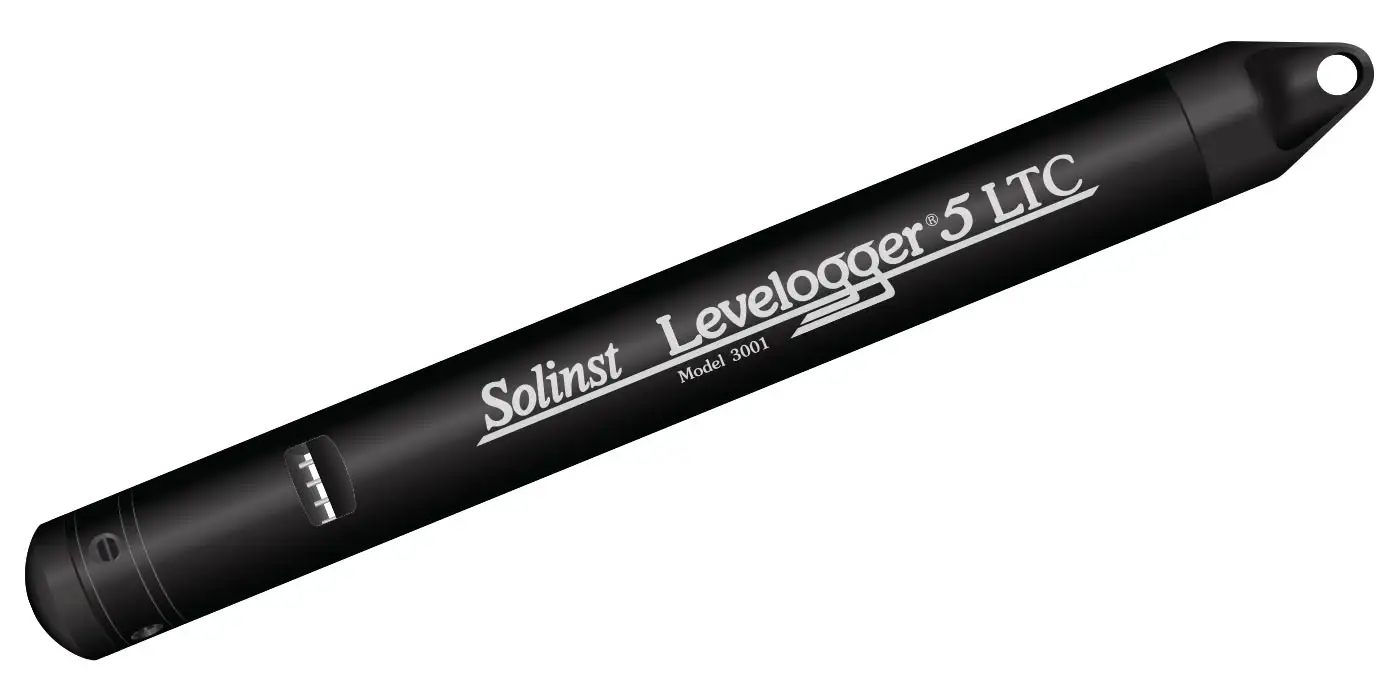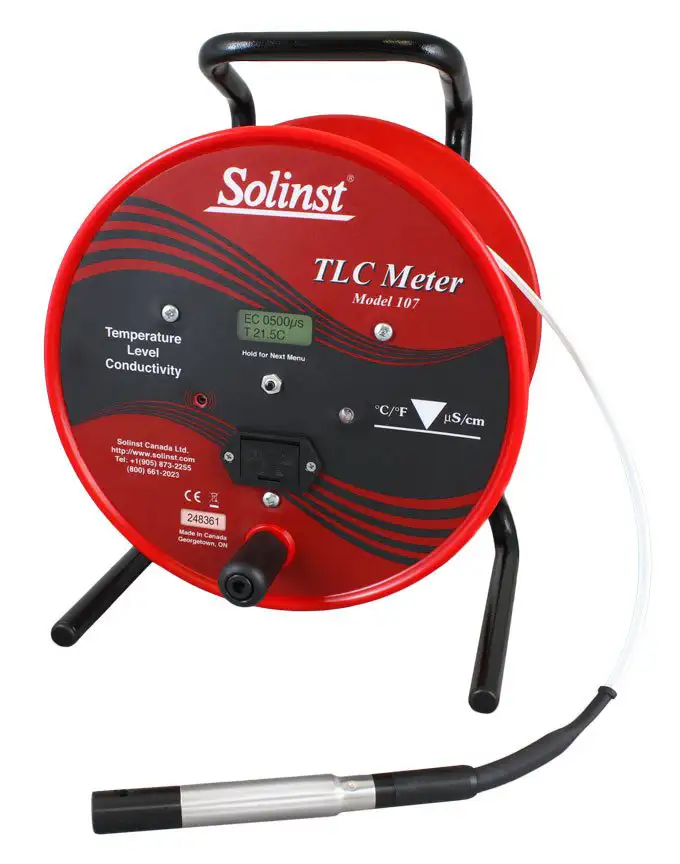
Water Quality Sensors
Solinst Eureka
2113 Wells Branch Pkwy, Suite 4400
Austin, TX, USA
78728
Tel: +1 512-302-4333
Fax: +1 512-251-6842
email: [email protected]
Water Quality Probes
Solinst Eureka, a global leader in the design and manufacture of multiparameter water quality sondes.
Solinst Field Services
Safeguard your project’s success and mitigate any potential for downtime or additional costs.
Water Quality Sensors from Solinst Eureka Water Probes
The selection of appropriate water quality sensors is essential for conducting precise hydrological studies and managing water resources effectively.
A key component of water quality monitoring involves identifying the specific parameters of interest. Hydrologists typically assess a variety of physical, chemical, and biological properties. Commonly measured parameters include pH, conductivity, dissolved oxygen (DO), turbidity, temperature, and various ion concentrations, such as nitrate, ammonium, and chloride. The choice of sensors is contingent upon the specific research question or monitoring objective. For example, investigating nutrient pollution necessitates sensors that can accurately measure nitrate and phosphate levels, whereas evaluating the health of aquatic ecosystems may require measurements of DO and temperature.
Temperature
Solinst Eureka instruments measure temperature with a thermistor – a small semiconductor whose electrical resistance varies predictably with temperature.
pH
pH is measured with a pH sensor and reference electrode. The pH sensor is a small, glass bulb filled with an electrolyte of known pH.
Turbidity
Turbidity is an indication of the amount of light that will pass through a column of water. Clear waters have low turbidity; waters with high suspended solids have high turbidities.
Transmittance
A transmissometer measures the percentage of light transmitted along a fixed path. Solinst Eureka integrates 3rd party transmissometers, which are mounted externally to the Manta multiprobe.
Dissolved Oxygen
Solinst Eureka optical DO sensors use blue light that is directed to an oxygen-active compound which has been stabilized in an oxygen-permeable polymer. The blue light causes the oxygen-active compound to fluoresce
Conductivity
The easy to clean, flow-through design of the Solinst Eureka conductivity sensor is superior to those with electrodes partially hidden in a recess.

Pressure
An absolute depth sensor (pressure transducer), or vented depth sensor, may be added to any Manta or Trimeter multiprobe, along with other sensors.
Total Dissolved Gas
Solinst Eureka’s Total Dissolved Gas sensor is similar to others in the water quality monitoring industry. However, Solinst Eureka is one of the few multiprobe manufacturers that offers a Total Dissolved Gas sensor that may also be installed on a multiprobe along with additional sensors, such as dissolved oxygen, turbidity, pH and conductivity.
CO2
Solinst Eureka’s CO₂ (Carbon Dioxide) sensors are the best of their kind for portable, water-quality instruments. Although it is a large sensor, it may be installed in the MantaPlus 40 multiprobe along with other sensors such as dissolved oxygen, pH and conductivity.
ISE Ion-Selective Electrodes
Solinst Eureka’s flowing-junction reference electrode provides better long-term stability than gelled-electrolyte reference electrode. The reference electrode is easily rejuvenated by unscrewing the tip, filling the sensor with fresh electrolyte, and screwing the tip back into place.
PAR (Photosynthetically Active Radiation)
Most PAR (photosynthetically active radiation) sensors when coupled with multiparameter water quality sondes need additional mounting brackets, or cages, to hold the PAR sensor in place. This is not necessary for Solinst Eureka’s PAR sensors, as they are connected to the body of the sonde. For convenience, Solinst Eureka’s PAR sensors may be removed and replaced with a water-proof plug when not in use.
Flourescein
Solinst Eureka uses Fluorescein sensors. The Fluorescein sensor may be installed in the probe, along with other sensors such as additional fluorometers, turbidity, dissolved oxygen, pH and conductivity. This makes for a cost-effective approach, as there is no need to buy a dedicated fluorometer.
Related Products
Manta Series Water Quality Probes
Solinst Eureka offers the largest selection of water quality sensor technologies in the industry. So in addition to standard configurations, each probe may be customized for your specific application. Pick sensors of your choice to fully populate larger probes, or add a battery pack to convert a probe to a logging device.
Manta Trimeter Water Quality Probe
The Trimeter holds any one sensor* from the Sensor Parameters list, Plus temperature and depth sensors (both are optional). For example, a Trimeter configuration could be turbidity, temperature, and depth. Another example could be DO and temperature.
EasyProbe: Water Quality Sondes
The EasyProbe, by Solinst Eureka, is a high-performance, cost-effective water quality monitor. It's ideal for spot-checking, remote telemetry, education, research, aquaculture, and more. The EasyProbe20 includes sensors for temperature, dissolved oxygen, conductivity, and pH, while the EasyProbe30 adds a turbidity sensor. Eureka multiprobes are known for their reliability, with a three-year warranty covering all sensors, and have the lowest maintenance costs in the industry.
Water Level, Temperature & Conductivity Datalogging
The Levelogger 5 LTC measures and logs water level fluctuations, temperature and conductivity. It is programmed to record at intervals as often as 2 seconds. It includes an 8-year battery, memory for 100,000 sets of readings, and comes in 6 pressure ranges. A PFAS-free coating (inside and out) provides superior corrosion and abrasion resistance.
TLC Meter – Measure Accurate Temperature, Level & Conductivity
A TLC Meter provides accurate, stable temperature and conductivity measurements, displayed on a convenient LCD display for easy reading. Static water level and depth of readings are read off Solinst flat tape, which is precisely laser-marked every mm or 1/100 ft. Tape lengths are available to 300 m (1000 ft).


